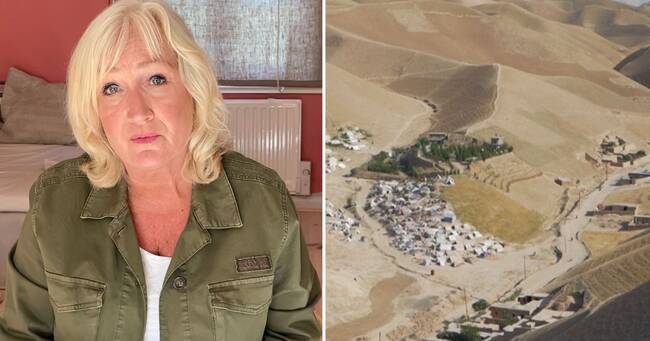The glaciers in the Afghan highlands have shrunk or are already gone.
The meltwater is needed in the usually fertile valleys where farmers grow olives, wheat, potatoes and other vegetables.
As it gets warmer, the melt water comes too early in the spring before the crops start to germinate.
In Panjshir Province, in 2018, a glacier melted so fast that a local dam burst, destroying schools, homes and many fields.
For three decades, droughts and floods have plagued farmers.
The ongoing conflict in the country, combined with the climate crisis and the covid pandemic, are cooperating in a devilish way in an already vulnerable Afghanistan.
The Taliban have taken advantage of this when they overthrew the government.
Unemployment, internal waves of refugees, famine and child marriage have fragmented people's resilience.
A study conducted by the UN agencies FAO, UNEP and the Afghan Environmental Protection Agency shows that 80 percent of the conflicts in the country can be linked to natural resources.
Forced into loans from clan leaders
The UN Food Program warned this week that up to 14 million Afghans will need their help.
During the winter, only half as much rain fell as normal.
The last drought has been going on since 2018. It got better in 2020, but this year's harvest is now threatened by the ongoing drought and the El Nino weather phenomenon.
The challenges are enormous with hundreds of thousands of Afghans fleeing.
They flee warlords, war and corruption but are also driven to flee by weeds and drought.
Even before the Taliban took power, the UN and other aid organizations were on hand to help with food supplies.
In July, British Oxfam warned that 42 percent of the country's population was in a famine crisis, making Afghanistan one of three countries with the most insecure food supply in the world.
60 percent of the country's population is dependent on small farms, a year of crop failure is enough and if the family's cow or sheep starves to death, the family's security collapses.
It forces families into a vicious circle.
Desperate families are forced to borrow from rich clan leaders to survive the winter when the harvest has failed.
When families are unable to repay their loans, they may be forced to sell a daughter.
A child bride becomes what the lender demands in payment.
In the resentment that arises when people feel abandoned by the country's government, local Taliban have easily been able to create opinion against the country's government.
Poor farmers fleeing their small farms seek refuge in cities.
In Herat, the country's third largest city, there are camps with 80,000 people fleeing their home villages.
Not hopeless - great efforts are made
Kabul is one of the world's fastest growing cities with many desperate job seekers no longer able to support their families with their agriculture.
Another major environmental study, "post-conflict environmental assessment" conducted by Afghanistan, warns the UN Environment Agency UNEP that the average temperature in some places will increase by five degrees before the end of the century, with increasing drought, floods, landslides and hotter temperatures such as sequence.
But it is not hopeless.
Over the past 20 years, major environmental efforts have been made in Afghanistan and environmental awareness has grown in the country.
There are many projects aimed at developing more climate-resistant agriculture and introducing solar-powered irrigation.
But for it to work, experts, data collection and stability are required.
It is not known how the new Taliban regime views the climate issue or food security, nor whether the Taliban intend to come to the negotiating table at the COP26 meeting in Glasgow.
If they show up, it will offer a real diplomatic dilemma for the UN.
Regardless of who governs the country, peace and stability are even more unattainable if the country does not manage to secure its food supply.
Rarely have the connections been as clear as they are right now in Afghanistan.
It is a textbook example of why the US Pentagon several years ago identified climate change as the main global security threat.

